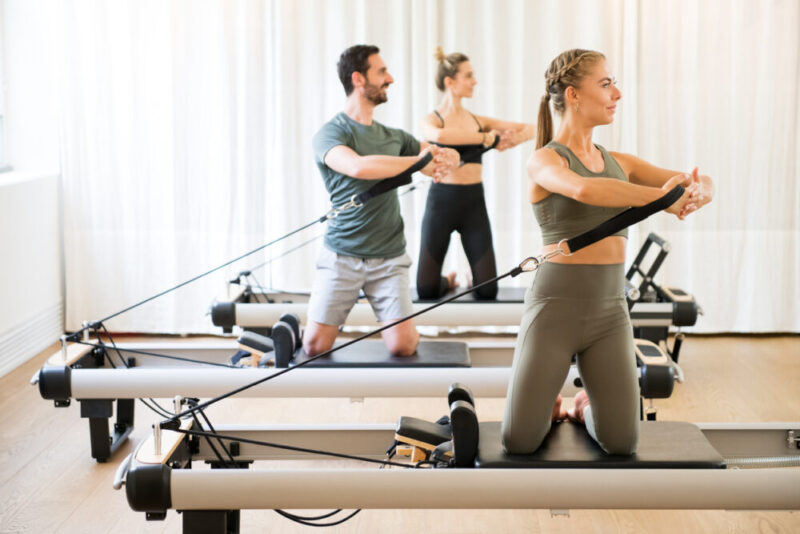Low back pain can be a persisting, debilitating problem which affects a large proportion of the population.
The World Health Organization (WHO) found it to be the “single leading cause of disability worldwide and the condition for which the greatest number of people may benefit from rehabilitation” (WHO, 2023).
Reduced back mobility or muscle strength and control can be contributors to low back pain.
Pilates targets strength and mobility using a variety of equipment and mat-based exercises.
As a low impact form of exercise, it is a great starting point for those with persisting back pain.
Pilates exercises can be adapted to a beginner or advanced level to suit individual fitness levels and pain presentation.
How Pilates can improve lower back pain
Improve strength
Pilates uses resistance exercises to improve strength in and around the back.
Some lower back pain presentations require strengthening of back extensor muscles.
The below exercise (A) uses alternating arm/leg lifts to strengthen lower back extensors.
Persisting low back pain will also typically benefit from strengthening lower limb muscles such as glutes.
The below reformer exercise (B) uses the resistance of springs to strengthen glute muscles in a low-impact side lying position.
Exercise A: Swimming
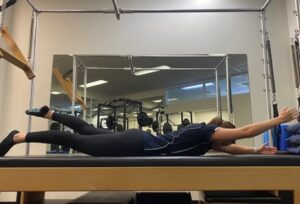
Exercise B: Glutes leg on bar

Improve mobility
Pilates uses mobility exercises to improve range of motion and flexibility in and around the back.
There is a strong focus on segmental movement of the spine to encourage moving through the full range.
Depending on your type of low back pain, it may benefit from improving mobility into extension, flexion or rotation.
The below Wunda Chair exercises promote movement into lower back extension (C) and side flexion (D).
Exercise C: Swan
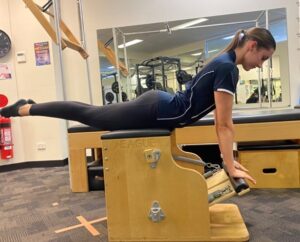
Exercise D: Side stretch leg extension
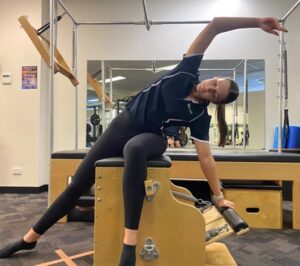
Improve core activation and pelvic stability
Pilates prioritizes core activation and pelvic stability with all exercises.
This can be important for those with low back pain who have reduced core strength and pelvic control.
The below exercises engage the core muscles to keep the pelvis stable with leg movement.
Exercise E: 4-point arm/leg lift
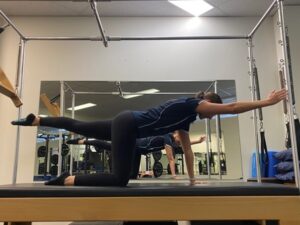
Exercise F: One plus one
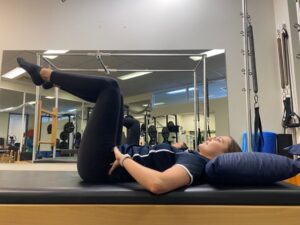
How to get started
To commence Pilates classes with Lifecare you will undertake a thorough initial assessment which uses ultrasound to assess pelvic floor and core muscle activation as well as current movement and pain patterns.
From there your physiotherapist will design individualised programs for you to complete in a supervised environment with up to 3 clients in a class.
Low back pain is just one of the many conditions that can benefit from Pilates.
If you would like to get started, please call our reception to book an initial assessment.
References
- Low back pain (2023) World Health Organization. Available at: https://www.who.int/news-room/fact-sheets/detail/low-back-pain (Accessed: 07 December 2023).

